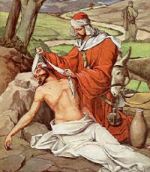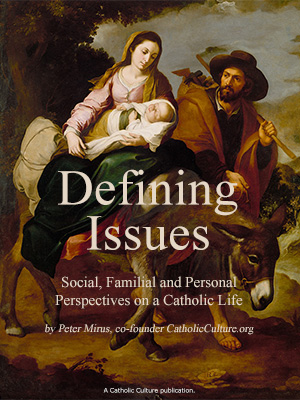Catechism of the Catholic Church
1297 The consecration of the sacred chrism is an important action that precedes the celebration of Confirmation, but is in a certain way a part of it. It is the bishop who, in the course of the Chrism Mass of Holy Thursday, consecrates the sacred chrism for his whole diocese. In some Eastern Churches this consecration is even reserved to the patriarch:
The liturgy of Antioch expresses the epiclesis for the consecration of the sacred chrism (myron) in this way: "[Father . . . send your Holy Spirit] on us and on this oil which is before us and consecrate it, so that it may be for all who are anointed and marked with it holy myron, priestly myron, royal myron, anointing with gladness, clothing with light, a cloak of salvation, a spiritual gift, the sanctification of souls and bodies, imperishable happiness, the indelible seal, a buckler of faith, and a fearsome helmet against all the works of the adversary."
1298 When Confirmation is celebrated separately from Baptism, as is the case in the Roman Rite, the Liturgy of Confirmation begins with the renewal of baptismal promises and the profession of faith by the confirmands. This clearly shows that Confirmation follows Baptism. 111 When adults are baptized, they immediately receive Confirmation and participate in the Eucharist. 112
1299 In the Roman Rite the bishop extends his hands over the whole group of the confirmands. Since the time of the apostles this gesture has signified the gift of the Spirit. The bishop invokes the outpouring of the Spirit in these words:
All-powerful God, Father of our Lord Jesus Christ,
by water and the Holy Spirit
you freed your sons and daughters from sin
and gave them new life.
Send your Holy Spirit upon them
to be their helper and guide.
Give them the spirit of wisdom and understanding,
the spirit of right judgment and courage,
the spirit of knowledge and reverence.
Fill them with the spirit of wonder and awe in your presence.
We ask this through Christ our Lord. 113
1300 The essential rite of the sacrament follows. In the Latin rite, "the sacrament of Confirmation is conferred through the anointing with chrism on the forehead, which is done by the laying on of the hand, and through the words: 'Accipe signaculum doni Spiritus Sancti' [Be sealed with the Gift of the Holy Spirit.]." 114 In the Eastern Churches of Byzantine rite, after a prayer of epiclesis the more significant parts of the body are anointed with myron: forehead, eyes, nose, ears, lips, breast, back, hands, and feet. Each anointing is accompanied by the formula: [Greek text here] (Signaculum doni Spiritus Sancti): "the seal of the gift of the Holy Spirit." 115
1301 The sign of peace that concludes the rite of the sacrament signifies and demonstrates ecclesial communion with the bishop and with all the faithful. 116
Notes:
English Translation of the Cathechism of the Catholic Church for the United States of America © 1997, United States Catholic Conference, Inc.






